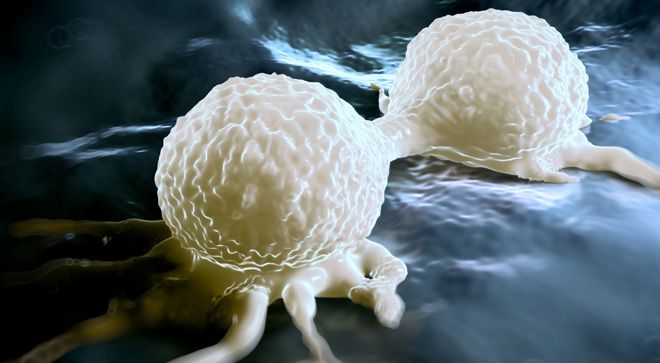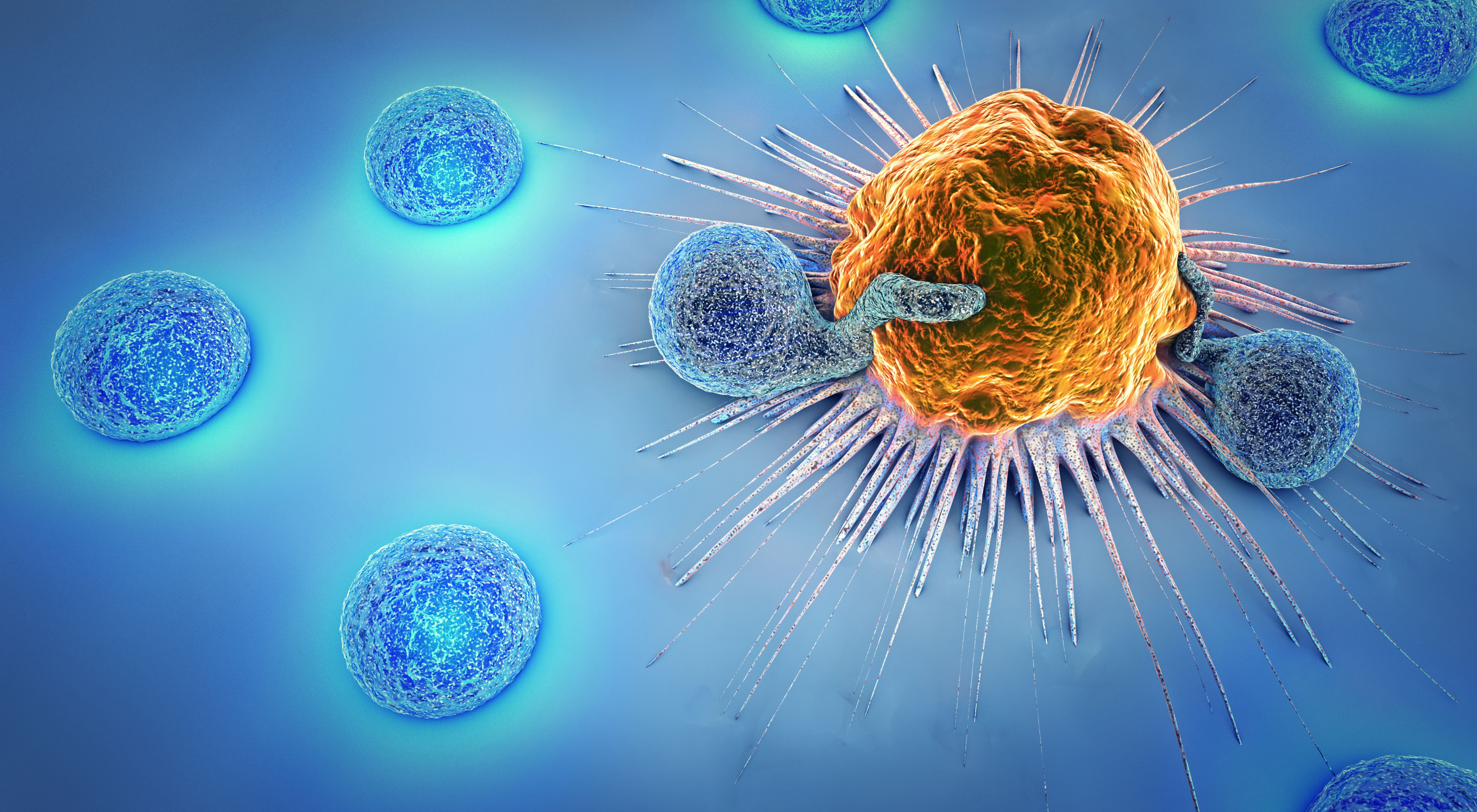Article
FDA Approval of Rylaze ‘Fulfills an Unmet Need’ for Group of Patients With Leukemia and Lymphoma
Author(s):
The FDA approval of Rylaze provides certain patients with leukemia and lymphoma with an on-demand treatment option since the only other approved therapy is currently undergoing a shortage.
The Food and Drug Administration’s (FDA) recent approval of Rylaze (asparaginase erwinia chrysanthemi [recombinant]-rywn) fulfills an unmet need for adults and children with acute lymphoblastic leukemia or lymphoblastic lymphoma who are allergic to standard E. coli-derived asparaginase treatments, according to an expert from the University of Utah Huntsman Cancer Institute.
“This product represents another option for a second-line medication to deplete asparagine in patients with leukemias and lymphoblastic lymphomas that we can rely on the supply better, because of the way it’s produced,” Dr. Luke Maese, an associate professor of pediatrics at the University of Utah Huntsman Cancer Institute and in the division of pediatric hematology and oncology at Primary Children’s Hospital in Salt Lake City, Utah, said in an interview with CURE®.
Maese explained that prior to this approval there had only been one other drug available for patients who had hypersensitivity to the standard E. coli-derived asparaginase. Although study results have shown that drug to be safe and effective, the supply chain was unreliable and there were often significant shortages of the drug.
“Those shortages have been ongoing for over five years,” he said. “So it's hard to know exactly, when they were going to come or go.”
This approval comes following the release of results of a phase 2/3 study that evaluated efficacy, safety and tolerability of Rylaze in 102 pediatric and adult patients who had hypersensitivity to the standard E. coli-derived asparaginase or experienced silent inactivation to treatment.
The results demonstrated that at 48 hours, treatment with Rylaze induced a therapeutic benefit in over 93% of patients.
Compared to other available treatments in this space, Rylaze is a short-acting agent. A short-acting agent is effective quickly after being administered, however the effects last for a short period of time and require consistent administration. So six doses of Rylaze, in the approved 48-hour dosing, is equivalent to one course of the longer-acting products which usually is absorbed slowly and takes longer to go into effect.
“Now with this (Rylaze) available, we will be able to have (a) product available and have (it) on demand for patients. (Patients) would still (be) require(ed) to wait until recovery from the reaction, however will not have to delay administration after recovery as the product will be avalible. So, they will be able to start their replacement course in a more expedited fashion,” Maese noted.
Some of the most common side effects associated with Rylaze included pancreas toxicity, blood clots, hemorrhage and liver toxicity, nausea, muscle pain, fatigue, infection, headache, fever, hypersensitivity, decreased appetite, swelling and sores in the mouth, bleeding and high blood sugar.
Maese explained how the approval is significant for patients.
“Because the predecessor product is not always reliably available to patients, (Rylaze) fulfills an unmet need,” he concluded.
For more news on cancer updates, research and education, don’t forget to subscribe to CURE®’s newsletters here.




